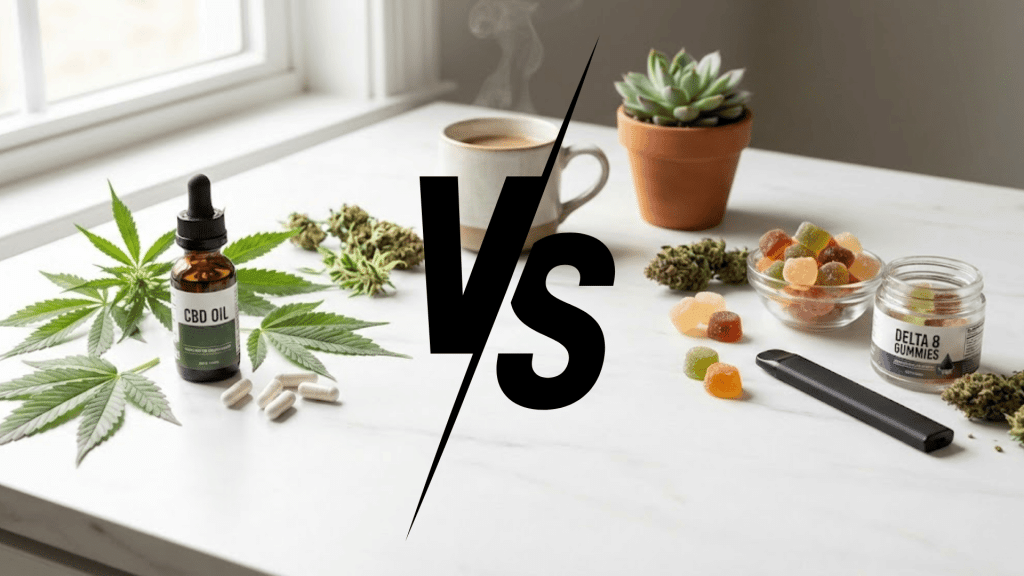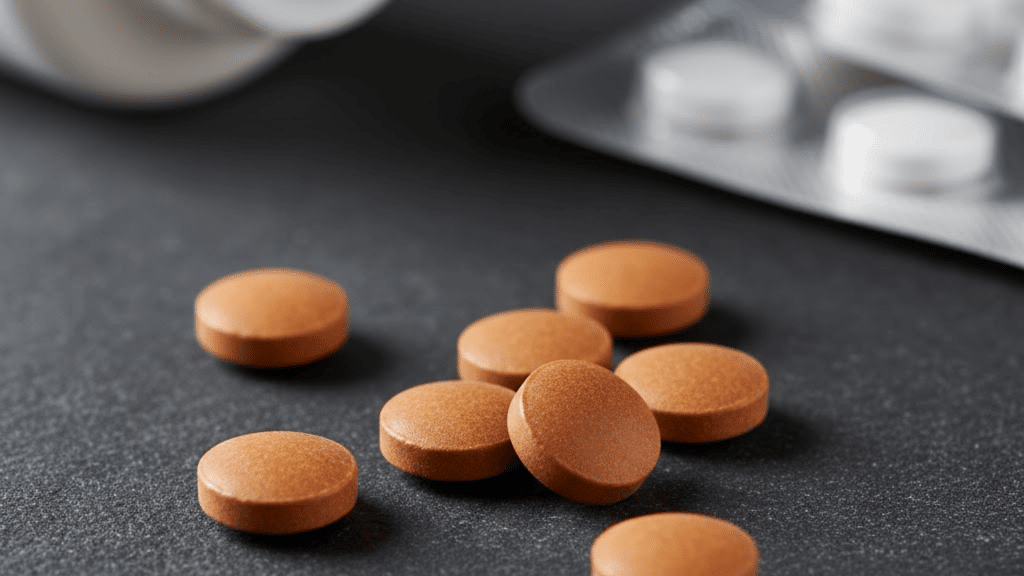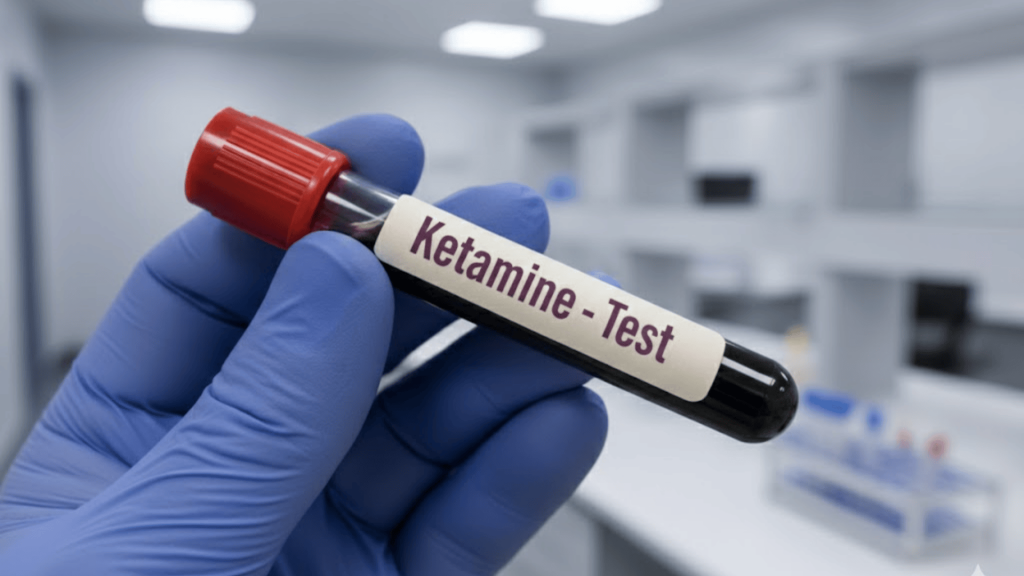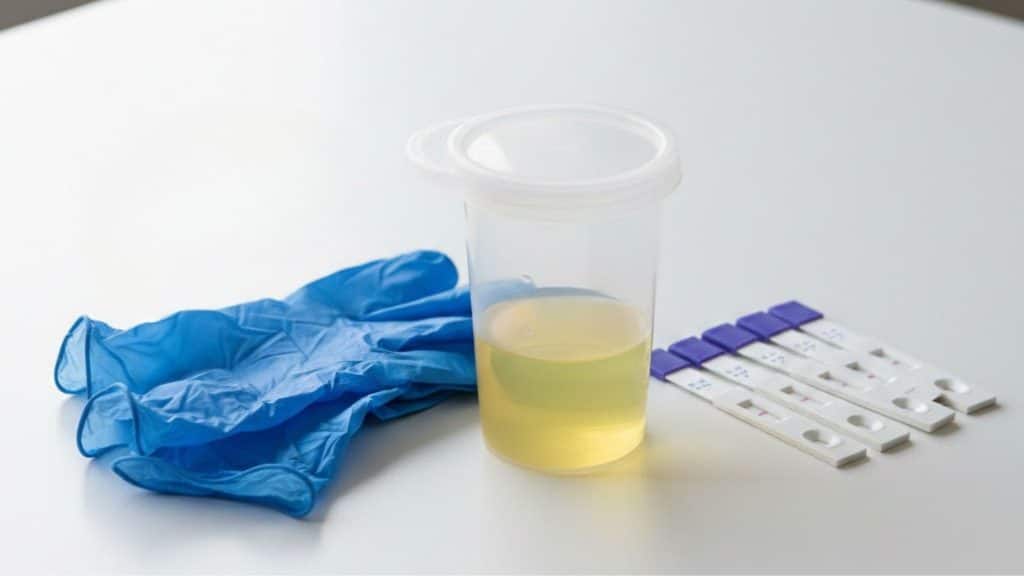Hair follicle tests have earned their reputation as the gold standard for catching drug use long after other methods come up empty.
While urine and blood tests offer only brief detection windows, hair testing tells a different story; one that stretches back months into your past.
If you’ve been wondering how long cocaine stays detectable in your hair, I’m here to walk you through everything you need to know.
We’ll look at the timelines involved, break down exactly how these tests work, examine the factors that influence detection periods, and discuss important considerations if you’re facing a hair follicle test.
This information is for educational purposes only and shouldn’t be considered legal or medical advice. I’m simply here to help you understand the science and process behind hair follicle testing for cocaine.
How Hair Follicle Tests Work?
When you take a hair follicle test, technicians snip about 1.5 inches of hair close to your scalp, typically from the back of your head.
Here’s what makes this test unique: when you use cocaine, it enters your bloodstream and eventually gets incorporated into your growing hair shaft.
Unlike urine or blood tests that only capture recent use, hair creates a permanent record.
Once your sample reaches the lab, they wash it thoroughly to remove external contamination, then use specialized extraction methods to pull out drug compounds trapped inside.
They’re specifically looking for cocaine and its metabolites, which reveal actual drug use rather than environmental exposure.
Cocaine Detection Timeline by Test Type
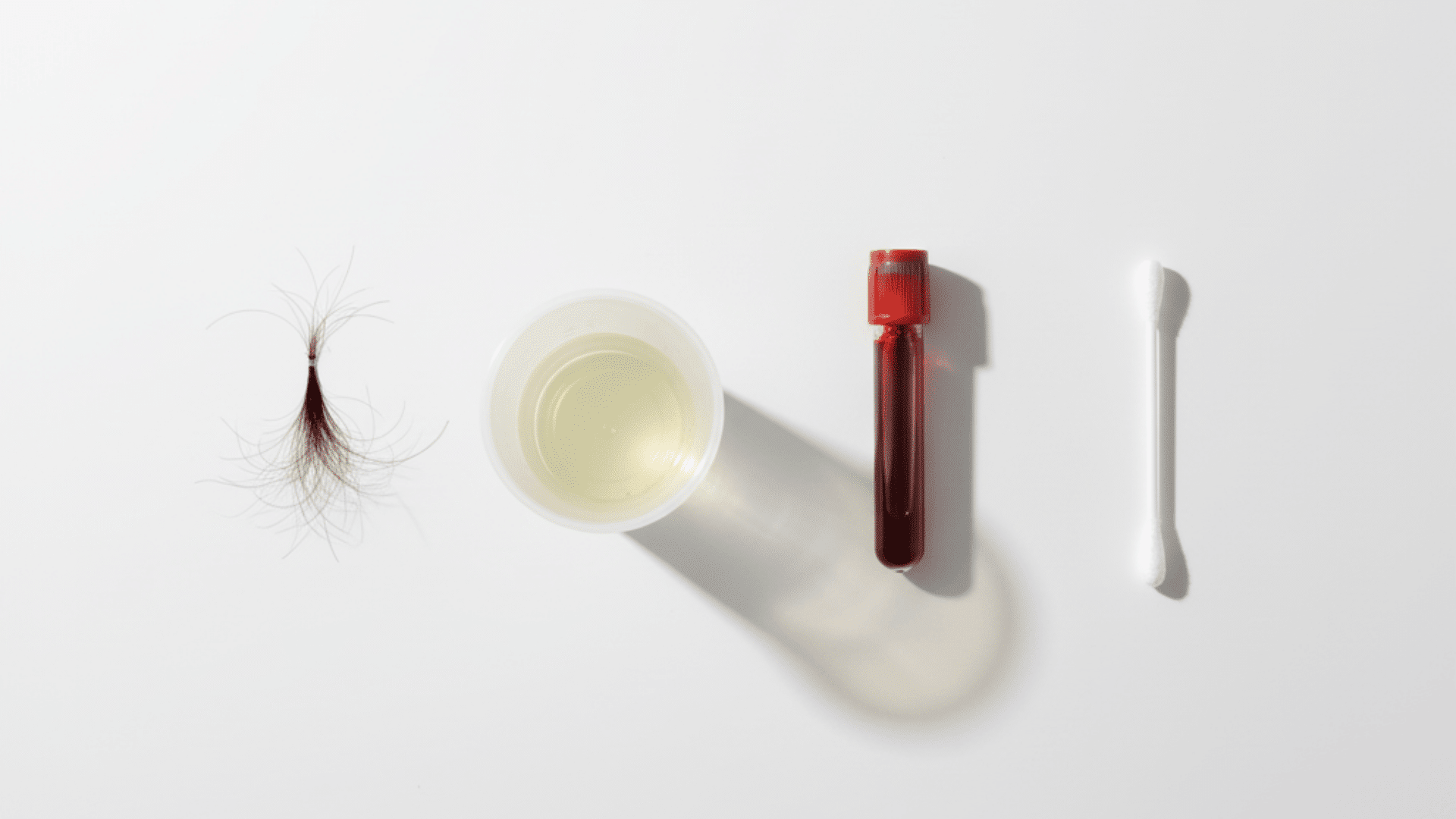
Different testing methods offer vastly different detection windows for cocaine use. Understanding these timelines can help you grasp why employers and legal systems often prefer certain tests over others.
1. Hair
Hair follicle testing provides the longest detection window of any standard drug test. A typical 1.5-inch sample can reveal cocaine use for up to 90 days, since hair grows about half an inch per month.
If testers collect longer hair segments, they can potentially detect use from even further back. This extended timeline makes hair testing particularly valuable for assessing patterns of use rather than isolated incidents.
Testing Advantage: Hair tests can distinguish between one-time use and chronic patterns based on cocaine concentration levels throughout the hair shaft.
2. Urine
Urine tests are among the most common drug screening methods, offering a detection window of typically 2 to 4 days after cocaine use. However, this timeline isn’t set in stone.
Heavy or chronic users may test positive for up to a week or occasionally longer, as their bodies take more time to process and eliminate the drug and its metabolites through the urinary system.
Testing Advantage: Urine tests detect benzoylecgonine, cocaine’s primary metabolite, which confirms actual drug use rather than passive exposure.
3. Blood
Blood testing offers the shortest detection window for cocaine, typically capturing use within just 12 to 48 hours. This method is rarely used for routine drug screening because of its brief timeline and invasive nature.
However, blood tests excel in specific situations like accident investigations or medical emergencies where determining very recent use is critical. They measure active cocaine in your system rather than metabolites.
Testing Advantage: Blood tests can quantify exact cocaine levels in your system, providing precise information about impairment and recent consumption timing.
4. Saliva
Saliva testing, also called oral fluid testing, detects cocaine for approximately 1 to 2 days after use. This method has gained popularity because it’s non-invasive, difficult to adulterate, and can be administered on-site with immediate supervision.
Saliva tests are particularly effective at catching very recent use, sometimes within minutes of consumption, making them useful for roadside testing or situations requiring quick results.
Testing Advantage: Saliva collection occurs under direct observation, making sample tampering nearly impossible compared to unmonitored urine tests.
Factors That Affect Cocaine Detection in Hair
While hair follicle tests are remarkably reliable, several factors can influence how long cocaine remains detectable and whether a test accurately reflects your usage history.
Understanding these variables helps you interpret test results more accurately.
| Factor | Effect on Detection | Mechanism | Significance |
|---|---|---|---|
| Frequency and Amount of Use | Higher with chronic use | Cumulative buildup | Single-use shows weaker signals |
| Hair Color and Type | Darker hair retains more | Melanin binds to cocaine | Pigmented hair extends detection |
| Cosmetic Treatments | Reduces levels by 40–60% | Strips drug compounds | May cause false negatives |
| Individual Metabolism | Varies by person | Affects the incorporation rate | Faster metabolism lowers levels |
| External Contamination | Surface coating only | Environmental exposure | Labs wash to remove |
Certified laboratories test for specific metabolites that only appear through ingestion, not external contact, helping distinguish genuine use from contamination.
Can You Beat a Hair Follicle Test?
I need to be straightforward with you: attempting to cheat a hair follicle test is both risky and unreliable. You might hear about detox shampoos, bleaching treatments, or simply cutting your hair, but these methods rarely work as promised.
Here’s why: labs don’t just test for surface cocaine. They wash your hair thoroughly and analyze metabolites embedded deep within the hair shaft, which reveal actual drug use.
When people ask, “How long does cocaine stay in your hair?” they’re often looking for workarounds.
The truth is, those metabolites remain locked inside for months, and no external treatment can reliably remove them without severely damaging your hair.
Tips for Reducing Detection Risk (Legal & Health Perspective)

If you’re concerned about cocaine detection in hair follicle tests, I want to give you practical guidance grounded in reality.
These strategies focus on health and harm reduction rather than attempting to manipulate test results.
- Stop Using Cocaine Completely: It’s the only guaranteed way to eventually clear your system and avoid future detection.
- Avoid Environments With Secondhand Cocaine Smoke: While labs can usually distinguish this from actual use, minimizing exposure eliminates any ambiguity.
- Wait at least 90 Days Before Testing: This allows a standard 1.5-inch hair sample to reflect a cocaine-free period.
- Maintain Overall Health and Hydration: healthy metabolic function supports your body’s natural detoxification processes.
- Be Honest With Healthcare Providers: If you’re seeking help for substance use, transparency ensures you receive appropriate medical care and support.
If cocaine use is affecting your life, consider reaching out to addiction resources or speaking with a healthcare professional who can provide confidential support and treatment options.
Risks of Hair Follicle Testing
While hair follicle tests are highly accurate, they’re not without limitations and potential concerns.
Understanding these risks helps you interpret results more fairly and recognize when additional testing might be necessary.
| Risk | Description | Implication |
|---|---|---|
| High Sensitivity Detection | Detects minimal or occasional use from months ago | May identify one-time use that doesn’t reflect current behavior |
| Environmental Contamination | Rare external exposure despite washing protocols | Potential false positives in high-exposure settings |
| Legal Consequences | Affects criminal cases, probation, and custody disputes | Can result in incarceration, lost parental rights, or violations |
| Employment Implications | Failed tests lead to termination or hiring disqualification | Impacts professional licenses and future job opportunities |
Reputable laboratories follow strict protocols to minimize false positives through confirmatory testing and metabolite analysis.
If you believe a result is inaccurate, you typically have the right to request a retest at a different certified laboratory, though availability depends on your testing circumstances and local regulations.
Resources & References
For more detailed information about cocaine detection and hair follicle testing, I recommend consulting these authoritative sources.
- The Substance Abuse and Mental Health Services Administration (SAMHSA) provides comprehensive drug testing guidelines and workplace standards.
- The National Institute on Drug Abuse (NIDA) offers scientific research on cocaine pharmacology and detection methods.
- Major testing laboratories like LabCorp and Quest Diagnostics publish detailed information about their hair testing procedures and protocols.
- The Centers for Disease Control and Prevention (CDC) maintains substance use testing standards and public health guidelines.
These resources provide evidence-based information to help you understand testing processes and make informed decisions.
The Bottom Line
I’ve walked you through the science behind hair follicle testing, and now you understand why cocaine can linger in your hair for up to 90 days or longer.
These tests are remarkably sensitive and difficult to outsmart, which is why they’re increasingly used in legal and employment settings.
If you’re facing a test or dealing with substance use concerns, remember that stopping use is your only reliable option. The information I’ve shared here is meant to educate, not to encourage risky behavior.
Have questions or personal experiences with hair follicle testing? Drop a comment below and let’s continue this conversation.






